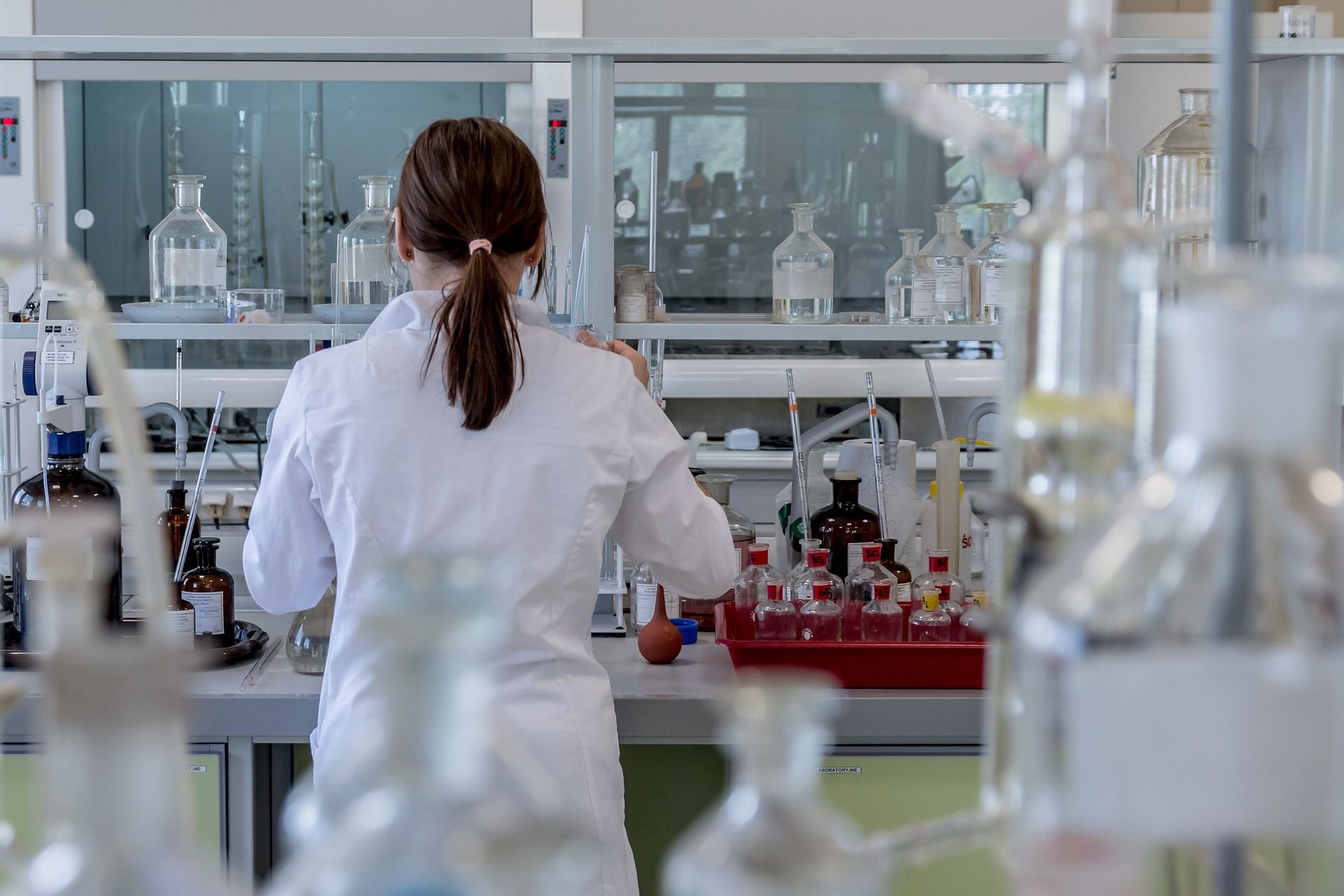Warwick research leads to new possibilities for the treatment of bacterial diseases
Research into an old antibiotic by scientists from Warwick University’s School of Life Sciences and The Francis Crick Institute has opened exciting new possibilities in the treatment of Tuberculosis and other bacterial diseases.
Spearheaded by Professor David Roper at Warwick’s School of Life Sciences and Dr Luiz Pedro Carvalho from The Francis Crick Institute, a paper outlining the unique molecular mechanism of the antibiotic, D-cycloserine was published in Nature Communications.
[The research] has opened exciting new possibilities in the treatment of Tuberculosis and other bacterial diseases…
D-cycloserine is an old antibiotic, sold under the name Seromycin. It’s used as a second line treatment of tuberculosis as well as occasionally for urinary tract infections. It’s not a go-to first line treatment due to its adverse, and potentially deadly, side effects. These include, behavioural changes, depression, seizures, muscle weakness and memory problems to name but a few.
Peptidoglycan is a polymer that is a main feature of the bacterial cell wall, giving it structural integrity. While it is present in all types of bacteria, its quantity can potentially differ. It is the synthesis of this part of the cell wall that D-cycloserine acts upon. It inhibits two different enzymes, D-alanine racemase and D-alanine—D-alanine ligase, that take part in synthesis and maintenance of peptidoglycan in the cell wall. With no cell wall to support the cell, pressure from inside the bacteria is too much resulting in the cell ‘bursting’.
It is the synthesis of this part of the cell wall that D-cycloserine acts upon…
In terms of the D-alanine racemase enzyme, we know that the antibiotic binds to a specific chemical group that is needed for it to be active, hence inhibiting it. While we know this, D-cycloserine’s effect on the other enzyme, D-alanine-D-alanine ligase, was a mystery until now.
“In this new discovery, we see that D-cycloserine binds to the D-alanine-D-alanine ligase enzyme and becomes chemically modified on the enzyme. The chemical species formed here has never been seen before” said David Roper, Professor of Biochemistry and Structural Biology at the University Warwick.
The chemical species formed here has never been seen before…
The fact that this antibiotic has different molecular mechanisms when it acts upon different bacterial targets is unique. In fact, it amazingly may be the only current known antibiotic to do this.
“Perhaps more important than how D-cycloserine works, this study highlights an increasingly obvious fact: we know much less than we think about how antibiotics really work and how bacteria become resistant” commented Dr Luiz Pedro Carvalho, part of the Mycobacterial Metabolism and Antibiotic Research Laboratory at the Francis Crick Institute.
We know much less than we think about how antibiotics really work and how bacteria become resistant…
It is these actions of antibiotics that must be discovered and fully understood to enable us to modify and improve antibiotics. This is especially important when currently 25,000 people die every year due to antibiotic resistant bacteria such as MRSA, E. coli, K.Pneumoniae. Furthermore, it’s been 30 years since a new class of antibiotics has been introduced meaning that existing drugs must be improved and adapted for treatment.
This enhanced understanding of the drug means research can be done into the chemical modification of D-cycloserine, so that it more closely mirrors the new chemical species produced upon binding to D-alanine-D-alanine ligase. This would result in a more specific version of D-cycloserine that would hopefully eliminate some of the side effects that prevent its widespread use.
It is these actions of antibiotics that must be discovered and fully understood to enable us to modify and improve antibiotics…
When antibiotic resistance threatens to cause more deaths than cancer if left to progress, this research is a step towards adding another weapon to our, currently rather small, arsenal in the fight against the global antibiotic resistance crisis.

Comments